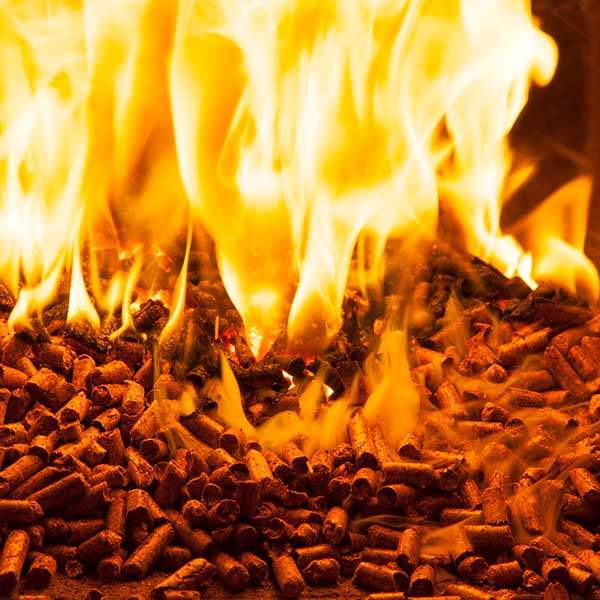The impact of cooking methods on women’s blood pressure and peak expiratory flow rate
Investigators & partners
- Principle investigator: Department of Civil and Environmental Engineering, University of Strathclyde
- Partner: Centre for Water, Sanitation, Health and Appropriate Technology Development (WASHTED), University of Malawi (Polytechnic), Blantyre, Malawi
Beneficiaries
- The rural population of the Chikwawa District in Malawi
Background
The widespread combustion of biomass fuels (e.g. wood, charcoal, and crop residues) in low- and middle-income countries (LMIC) for cooking, heating and lighting generates household air pollution (HAP) including particulate matter (PM). Exposure to this type of air pollution is associated with respiratory and cardiovascular diseases and has been linked to between 2.9 to 4.3 million deaths globally each year. Malawi is one of the poorest countries in the world, and many of its inhabitants use biomass fuel as a supposedly cheaper way of cooking.
Many air quality studies focus primarily on collecting static measurements of ambient indoor PM2.5 concentrations, but this may not represent personal exposure, as people are likely to have varying proximity to the stove area during cooking.
We made measurements of indoor and personal exposure to PM2.5 in a rural district in Malawi where both wood-fuelled three-stone stoves and charcoal burners (Mbaula) are used for cooking.
Objectives
The objectives of our research were:
- to use portable monitoring equipment to compare static and personal PM2.5 exposures associated with different cooking methods and locations
- to investigate the association between PM2.5 exposures and non-invasive indicators of cardiovascular and respiratory risk (blood pressure and respiratory function)

Sustainable Development Goals
Of the 17 United Nations Sustainable Development Goals, this project targeted primarily Goal 3: Good health and Well-being; seeking to ensure healthy lives and promote well-being for all ages.
Secondary goals were:
- Goal 12: Responsible Consumption and Production
- Goals 17: Partnerships for the Goals
Impact
The project compared the two types of cooking methods and found quite a contrast between them. The static air monitoring showed that charcoal stoves produced substantially less PM2.5 than three stones stoves with wood fuel.
Cooking outside whenever possible, and minimising the time spent in close proximity to stoves, may be simple interventions that could reduce the risks of exacerbation and progression of respiratory and cardiovascular diseases in Malawi due to air pollution exposure.
During the study, if a participant presented concerning health data, the district nurses advised them to report to their nearest health facility.
Challenges & lessons learned
The main challenge for this project was not being able to fully plan the fieldwork as we didn’t initially know what type of cooking settings were going to be available in the village. However, upon arrival, with the help of a researcher from WASHTED who was able to translate for the researcher, it was possible to understand and plan the project in more detail.
Secondly, the project took place during the rainy season which was a challenge as sometimes the fieldwork was suddenly interrupted due to lack of waterproof equipment. So for similar projects in the future, it would be beneficial to sample during the dryer seasons.
Third, there was a language barrier. The lead researchers did not speak the local language of Chichewa, however, our partners in Malawi helped develop the project and so aided in the translation of documents, speech and questions. Having good team communication meant that this was normally not a major issue. One key lesson learned was that not all words are able to be translated without losing the meaning meant in English. For example, there is no specific term in Chichewa for air pollution.